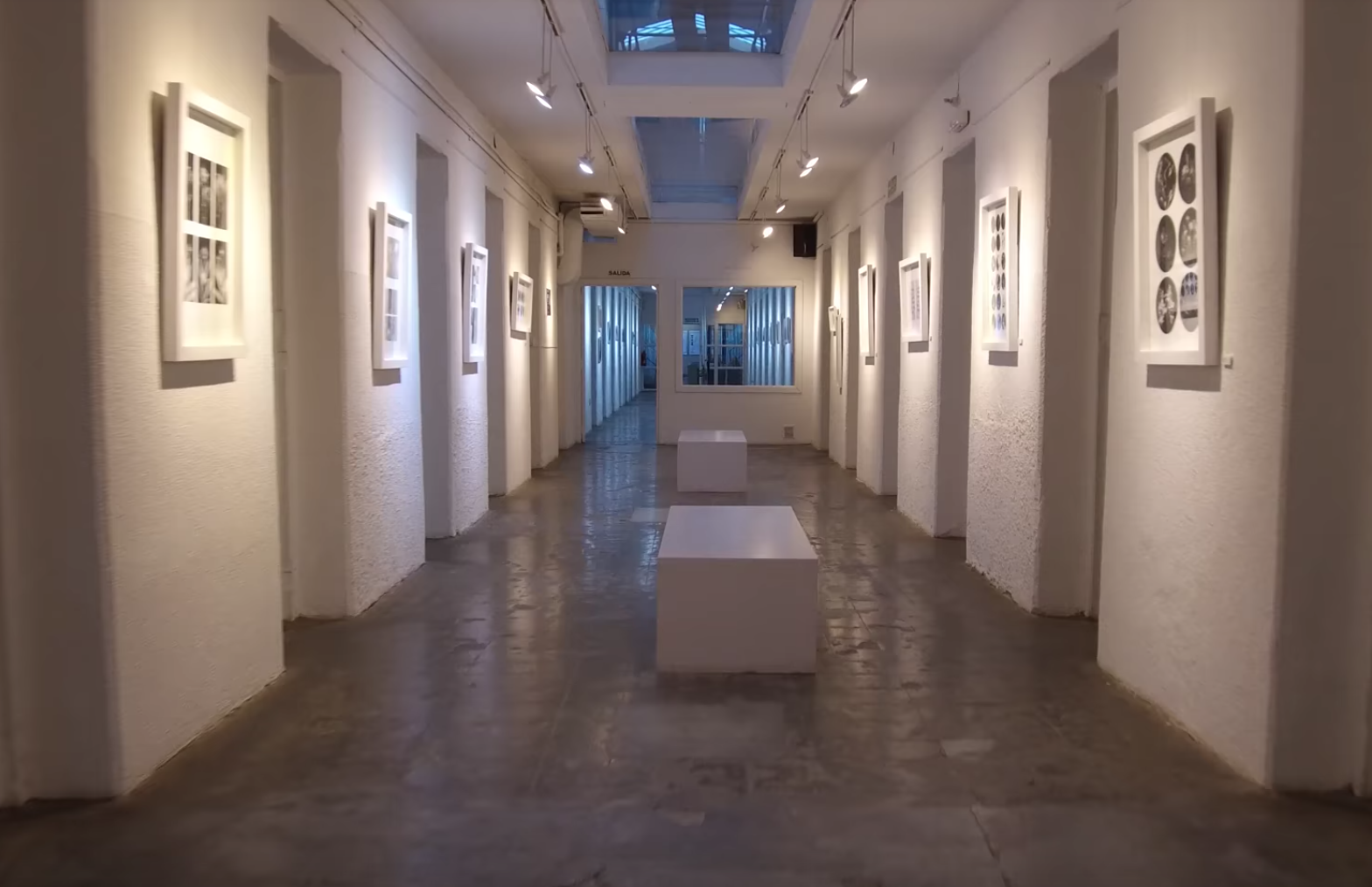
Del arado al pincel
José Cruz García Rocha
The exhibition features around 20 works of various formats exploring the themes of the countryside, the universe, and life, reflecting the struggle and spirituality of Mexico’s peasants and Indigenous peoples. Through vibrant colors and symbolic forms, the artist portrays the connection between humanity, nature, and the cycle of life. Room 1 of the MMU Art Gallery
SCHEDULE AND HISTORICAL FILE OF ACTIVITIES
Pavilion II was inaugurated on March 3, 2003, a space where temporary exhibitions of local, national and foreign artists are held throughout the year in Rooms 1, 2 and 3.
Pavilion III, Ground floor, Room 4. After a complex and costly refurbishment work, room 4 was inaugurated in December 2005 with the exhibition "Dali at the Lighthouse at the End of the World", thus fulfilling our objective of recovering exhibition spaces.
Maintaining the structural characteristics of the building -declared a National Historic Monument-, and respecting the norms of conservation and exhibition, the Upper Floor of Pavilion III with the MARINE ART MUSEUM OF USHUAIA- MAMU- was inaugurated on December 12 of the following year.
The creation of this museum means a great contribution to the culture of the city of Ushuaia in particular, and of Tierra del Fuego in general, which is the only province in the country that still does not have its own Museum of Fine Arts that covers the whole of Argentine Art, and in this sense it is hoped that this collection will serve as a basis for that purpose.
The Maritime Museum of Ushuaia thus covers the need for an alternative space to the growing tourist demand, spreading the work of the artists abroad with the exhibition, diffusion and sale of their works; the exchange of foreign and national works of art; the access of artists still little known and offering the community new paths to knowledge and different forms of communication between those who dedicate themselves to creation and those who are capable of appreciating it

